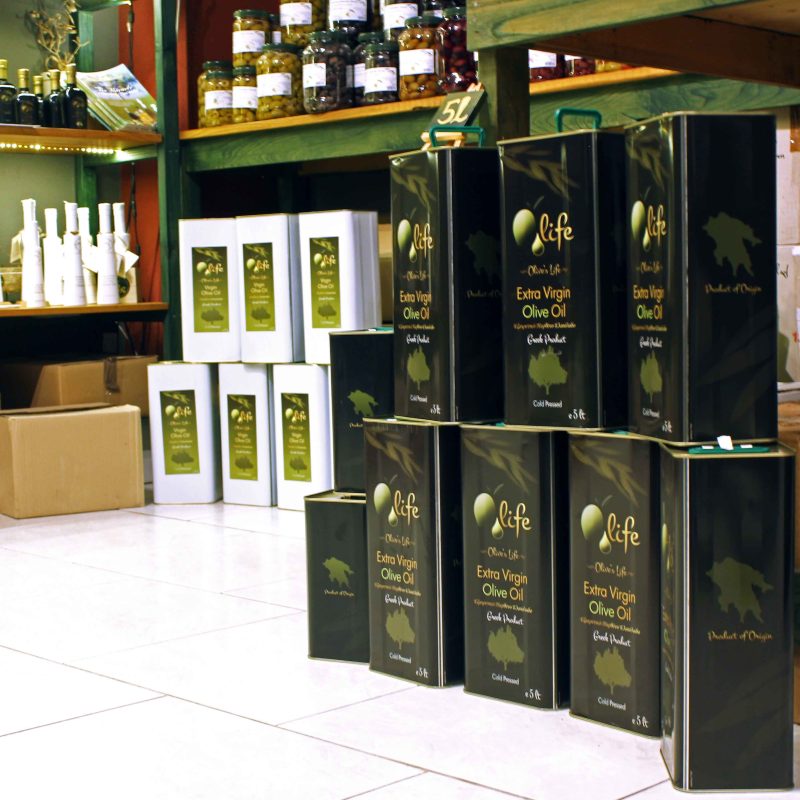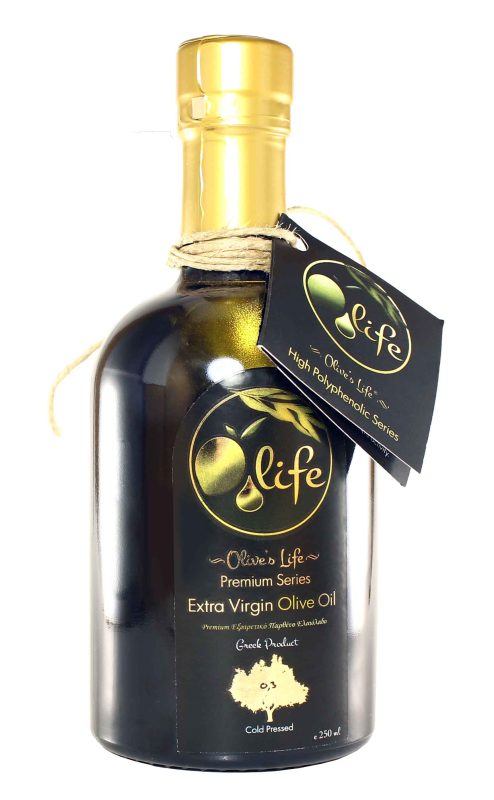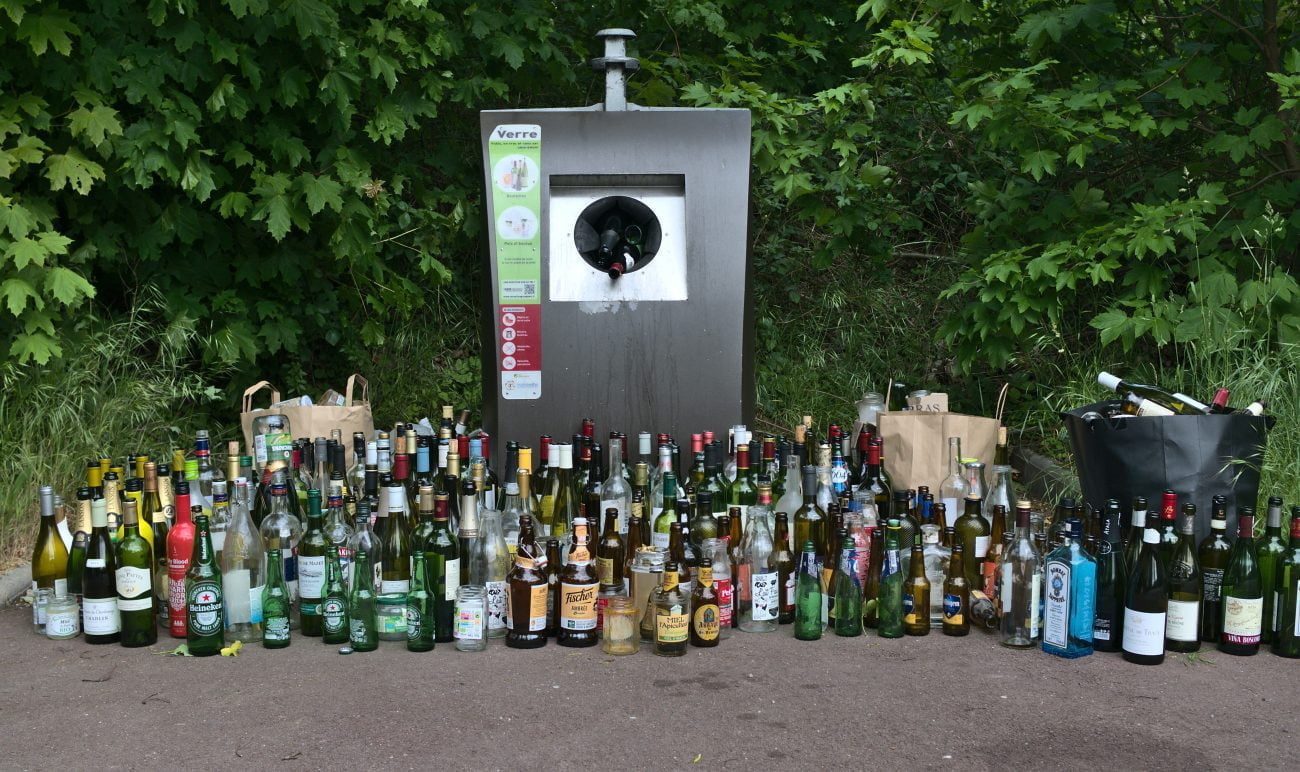When it comes to storing and showcasing the liquid gold known as olive oil, selecting the right olive oil bottles is of utmost importance. The quality of the packaging not only affects the preservation and freshness of the oil but also plays a significant role in enhancing its visual appeal. In this article, we will explore the key factors to consider when choosing bottles for olive oil, focusing on the optimal features that ensure maximum quality and longevity. Whether you are an olive oil producer, a gourmet enthusiast, or a culinary connoisseur, this guide will help you make informed decisions for your olive oil packaging needs.

Material
The first aspect to consider when selecting olive oil bottles is the material they are made of. Glass bottles are the most popular choice due to their excellent preservation properties. Dark-colored glass, such as amber or green, is highly recommended as it shields the oil from harmful UV rays that can degrade its quality over time. Additionally, glass is non-reactive, ensuring that the oil’s flavor and aroma remain unaltered. Another kind of olive oil bottles that can be used are the metal can or Tin ones, which similarly with the glass ones have a non-reactive and light material, suitable for daily use.
Design
When it comes to design, opt for bottles that have a tight-sealing closure, such as screw caps or cork stoppers. This prevents air from entering the bottle, minimizing oxidation and maintaining the oil’s freshness. Look for bottles with a pouring spout or a drip-free dispenser to facilitate controlled pouring, reducing waste and mess.
Size and Capacity
Consider the size and capacity of the olive oil bottles based on your needs. Smaller bottles, typically ranging from 250ml to 500ml, are ideal for personal or gift use. They are convenient for sampling different olive oil varieties and make for attractive presents. Larger bottles, in the range of 750ml to 1 liter or more, are suitable for commercial purposes, such as restaurants or retail sales. Bigger olive oil bottles are usually coming together with more attractive prices per liter, which make a good deal for filling up the home supplies at once, rather than buying in many small portions. It’s remarkable the fact that olive oil can last in good condition more than the recommended “Best Before” date of consumption.
Labeling and Branding
Effective labeling and branding can make your olive oil bottles stand out on store shelves or in online listings. Ensure that your bottles have ample space for detailed labels that provide information about the olive oil’s origin, production methods, and flavor profile. High-quality printing techniques, such as embossing or foil stamping, can add a touch of elegance to the packaging, enhancing its visual appeal. Here in Olive’s Life, aesthetically speaking, we try to make the bottle, the label and the content to combine with each other in a way that they deliver unanimously a unique strong message, a promise for quality. Furthermore, consider incorporating your brand’s logo, colors, and typography into the bottle design: consistent branding helps create a recognizable identity for your olive oil and fosters customer loyalty.

Sustainability and Eco-friendliness
In today’s eco-conscious world, consumers appreciate sustainable packaging choices. Seek out olive oil bottles that are made from recyclable materials, such as glass, and opt for suppliers who use eco-friendly manufacturing practices. Latest European glass recycling data confirm that almost 13 million tons of glass bottles and jars were collected in the EU28, giving an average glass collection for recycling rate of 76% in 2018 (FEVE, 2020). With the majority of this going back to remelt new bottles and jars, Glass remains the most recycled closed loop packaging material in Europe and most probably in the world. Food and beverages, perfumery, cosmetics, and pharmacy glass containers are endlessly recyclable. Recycled glass is the industry’s most important raw material today, a permanent resource which avoids depletion of natural resources; and allows for a dramatic reduction of energy use as well as of emissions.

Choosing the right olive oil bottles is a crucial decision that can significantly impact the quality and marketability of your product. By considering factors such as material and design, size and capacity, labeling and branding, as well as sustainability, you can make informed choices that appeal to both consumers and the environment. Remember, a well-packaged olive oil not only preserves the delicate flavors and aromas but also entices customers with its visual allure. Invest in premium bottles that do justice to your olive oil, ensuring that it delights palates and catches the eye of discerning buyers.
FEVE (2020). Latest glass packaging recycling rate steady at 76%. Link: https://feve.org/glass_recycling_stats_2018/

